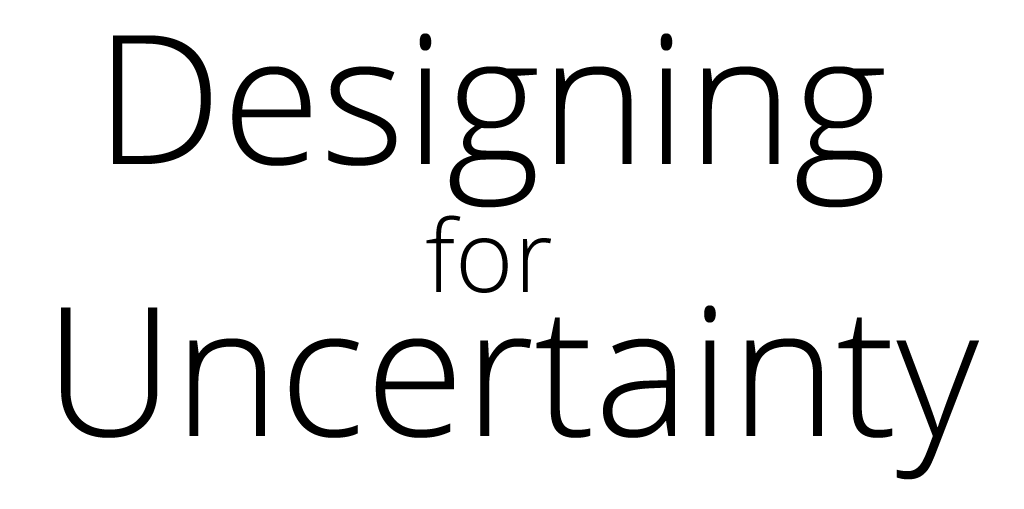
https://youtube.com/watch?v=L-C8dfMtytU
✪✪✪✪✪ http://www.theaudiopedia.com ✪✪✪✪✪
What is RESPONSIVE WEB DESIGN? What does RESPONSIVE WEB DESIGN mean? RESPONSIVE WEB DESIGN meaning – RESPONSIVE WEB DESIGN definition – RESPONSIVE WEB DESIGN explanation.
Source: Wikipedia.org article, adapted under https://creativecommons.org/licenses/by-sa/3.0/ license.
Responsive web design (RWD) is an approach to web design aimed at allowing desktop webpages to be viewed in response to the size of the screen or web browser one is viewing with. In addition it’s important to understand that Responsive Web Design tasks include offering the same support to a variety of devices for a single website. As mentioned by the Nielsen Norman Group: content, design and performance are necessary across all devices to ensure usability and satisfaction.
A site designed with RWD adapts the layout to the viewing environment by using fluid, proportion-based grids, flexible images, and CSS3 media queries, an extension of the @media rule, in the following ways:
The fluid grid concept calls for page element sizing to be in relative units like percentages, rather than absolute units like pixels or points.
Flexible images are also sized in relative units, so as to prevent them from displaying outside their containing element.
Media queries allow the page to use different CSS style rules based on characteristics of the device the site is being displayed on, most commonly the width of the browser.
Responsive web design has become more important as the amount of mobile traffic now accounts for more than half of total internet traffic. Therefore, Google announced Mobilegeddon (April 21, 2015) and started to boost the ratings of sites that are mobile friendly if the search was made from a mobile device. Responsive web design is an example of user interface plasticity.
